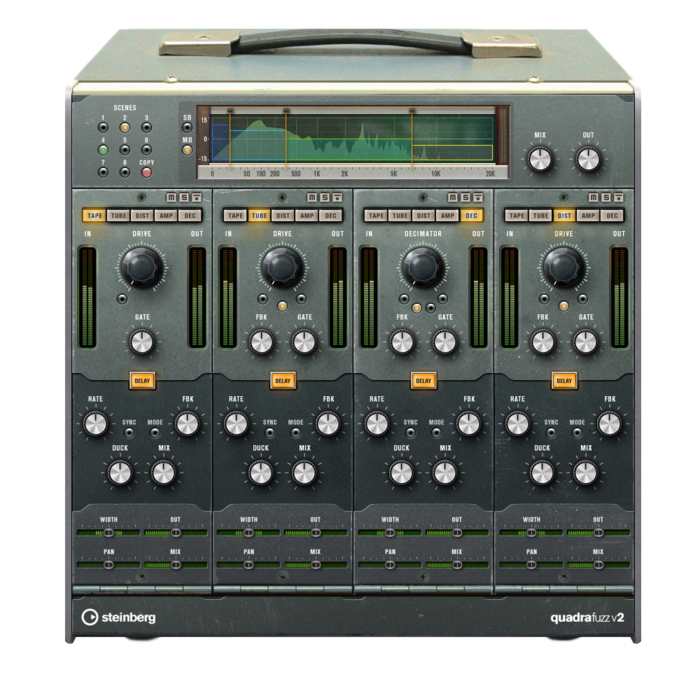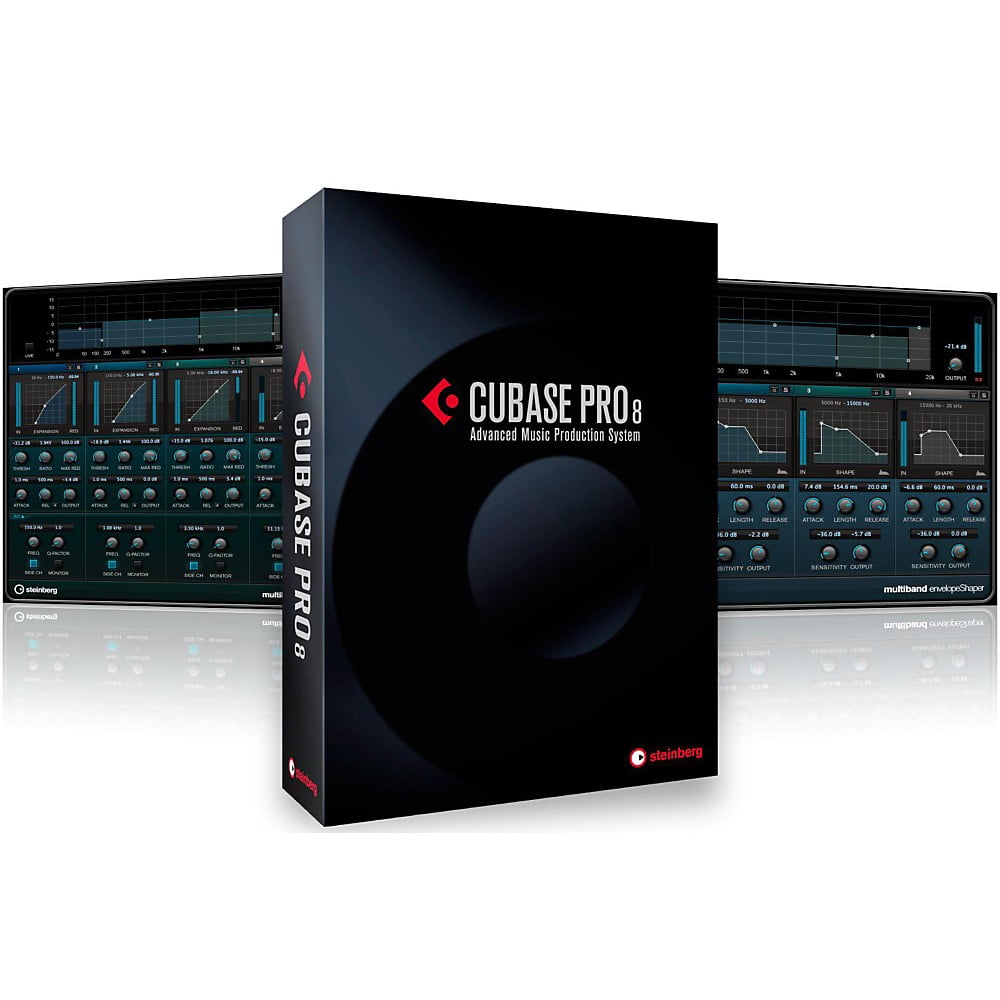

The editing screen is intuitive and the sonic warping features are immense. Drag in a vocal audio clip and resynthesise the hell out of it – from crazy digitised mayhem to lush, evolving pads. Whether you're primarily looking to process loops and samples you've found or created yourself, or you're after a hot and highly customisable ROMpler-style library to power any kind of production, HALion 5 is up to the challenge and unlikely to disappoint.HALion ushers in the next generation of wavetable synthesis. HALion 5 represents another big stride forward for Steinberg's sampling workstation, and the emphasis remains firmly on workflow and quality sounds.
#STIENBERG HALION PRO#
Of course, if you're already a Padshop Pro user, Auron won't be such an attractive feature, but its position within the broader HALion 5 engine makes it easy to blend with other sounds, which is a definite plus. The resulting sounds are otherworldly and intriguingly organic. What makes it all the more fun is its front end macro instrument, Auron, which, while not quite as powerful as Padshop, makes getting into the exciting world of granular synthesis an absolute doddle. "Auron makes getting into the exciting world of granular synthesis an absolute doddle" Highlights include up to eight grain streams and the ability to add independent random fluctuations to the grain position, duration, pitch and pan position. This is one seriously cool addition to HALion's sound- shaping arsenal that increases its reach into the future with the ability to turn abstract samples into fascinating ambient textures and post- modern pads. Organ is covered in Model C, but Grain gives HALion users a whole new way of manipulating samples, based on the granular synthesis engine found in Steinberg's Padshop product line. HALion 5's other big addition is a pair of new Zone types: Grain and Organ. These all make great additions to HALion's already impressive repertoire of effects.
#STIENBERG HALION PLUS#
The new effects in HALion 5 comprise VST Amp, Wah Wah, Tape Saturator, Octaver, Ring Modulator and Envelope Shaper - all adapted from their Cubase counterparts - plus AutoFilter, Step Flanger and Vintage Ensemble.

It includes seven basic sounds: a choir, two clarinets, brass, bassoon, strings and our personal favourite, flute - famously used on The Beatles' Strawberry Fields. If you're a fan of really retro sounds, HALion 5 also includes the HALiotron instrument, which emulates that tape-based classic the Mellotron. That puts Trium at the top of Steinberg's virtual analogue synth tree - and yes, it definitely sounds good enough to compete with most of the other virtual analogue synths on the market.

Trium also offers considerably more sub-oscillator waveforms, filter types and distortion modes than Retrologue, and both Trium and Voltage have their own arpeggiators, whereas Retrologue doesn't. Sonically and feature-wise, both resemble Steinberg's Retrologue, except that Trium boasts three oscillators and Voltage doesn't have oscillator unison, multimode filters or ring modulation. "Macro interfaces use the existing under-the-hood engine in a faster, more intuitive way than the previous modular setup offered" Again, these are just macro interfaces with which to edit or program synth patches using the existing under-the-hood engine in a faster, more intuitive way than the previous modular setup offered. Making the virtual analogue synthesis engine introduced in HALion 4 much easier to handle, HALion 5 adds the Voltage and Trium instruments. Still on a rhythmic tip, the new B-Box interface connects with the Beats sub-category and takes advantage of the new Drum Player MIDI module - essentially a step sequencer for crafting funky beats, not too dissimilar to Beat Designer, found in Steinberg's well-known Cubase DAW.
#STIENBERG HALION PROFESSIONAL#
The World Percussions set impressed us just as much, boasting 32 patches' worth of professional percussion loops and one-shots from around the world, with enough controls on the interface to enable tweaking of all essential timing- and tuning-related parameters. It would be nice to be able to call up a simple 24-note octave, for example. Like all the new instruments, this one certainly speeds up workflow, and its presets are amongst the best sounding we've ever heard from a sampler/ROMpler, although we can't help but wish there were more detailed scale and tuning options on board. "Presets are amongst the best sounding we've ever heard from a sampler/ROMpler"


 0 kommentar(er)
0 kommentar(er)
